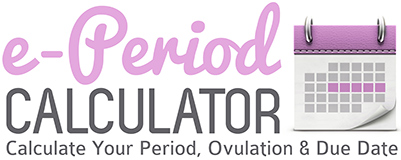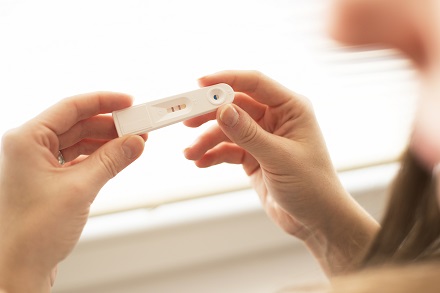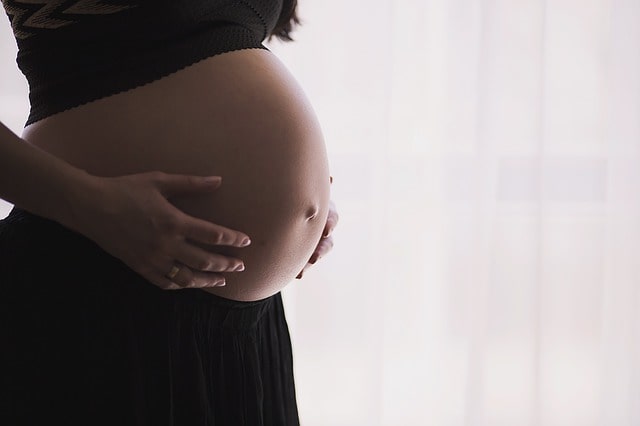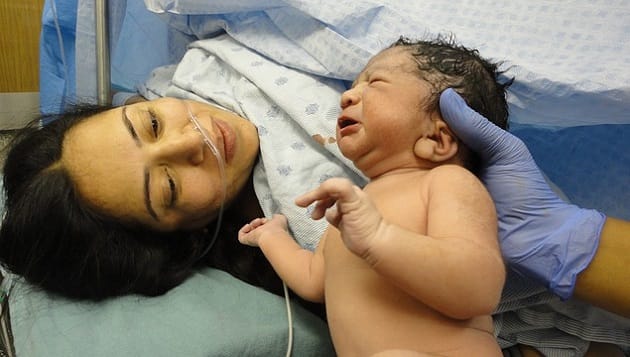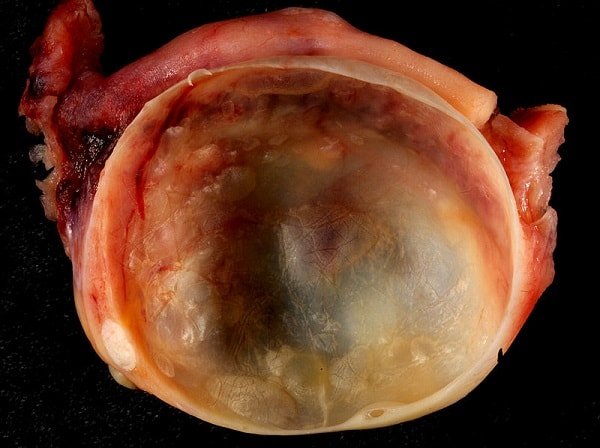 Ovarian cysts are fluid-filled sacs that form on a woman’s ovaries. They are fairly common, especially among those who still get their period, but they can also occur during pregnancy.
Ovarian cysts are fluid-filled sacs that form on a woman’s ovaries. They are fairly common, especially among those who still get their period, but they can also occur during pregnancy.
It’s understandable to feel dread when the words “ovarian” and “cyst” are lumped together. However, an ovarian cyst is mostly harmless and painless as well.
If ovarian cysts are part of a woman’s menstrual cycle, why do some women get it at some point in their pregnancy? Before answering that question, it’s best to examine the very nature of ovarian cysts.
What are ovarian cysts?
As mentioned, they are fluid-filled sacs found on the ovaries. They tend to be small and don’t cause any troubles.
However, they become a cause for concern when they don’t go away or they get bigger and cause pain. Sometimes, although it’s rare, there is a possibility of cancer.
The chances of getting ovarian cysts increases as you get older.
What causes ovarian cysts?
There are risk factors to developing ovarian cysts. These include a history of previous ovarian cysts, an irregular menstrual cycle, and early menstruation (about 11 years or younger).
Other risk factors include:
- hypothyroidism
- infertility
- infertility treatment with gonadotropin medication
- obesity
- tamoxifen therapy for breast cancer
On the other hand, taking birth control pills can decrease the risk of developing ovarian cysts because they prevent ovulation.
What are the signs and symptoms?
Usually no pain is felt. In fact, you won’t even know it’s there if you have it during your period.
But as mentioned, it does become a concern if it grows bigger and doesn’t go away. Symptoms can include bloating, pressure, and swelling.
There will also be pain, but the severity depends on the size of the cyst. The pain you feel can vary from being sharp or dull, and it will also come and go.
When should you be concerned? You need to go see a doctor when the following symptoms present themselves:
- dizziness, weakness, and feeling faint
- fast breathing
- pain accompanied by fever and throwing up
- sudden, severe pain in the belly
Since not all pain can be attributed to the presence of a cyst, the way to know for sure is during a pelvic exam. Cysts can also be detected in an ultrasound scan.
Your doctor can also order a blood test to determine whether you are pregnant, check for cancer (especially if you are post-menopausal), and determine whether hormones are causing the problem.
Are there different kinds of cysts?
A lot of the cysts are considered “functional” in that they are a presence during your monthly period. Here’s a closer look:
Follicle cyst
Each month, your ovaries release one egg. That egg grows inside a sac, which is called a follicle.
The follicle breaks open and releases the egg once it is ready. If it doesn’t, it causes a follicle cyst that will normally go away within one to three months.
Corpus luteum cyst
After the follicle releases the egg, it shrinks and starts preparation for the next one. It becomes a cyst once it closes up and fluid gets collected inside.
The cyst will go away in a few weeks. However, it can lead to bleeding or cause pain as it grows.
Nonfunctional cyst
Some women experience polycystic ovary syndrome, which is a condition where ovaries produce many small cysts. It is also a condition that makes it difficult to conceive.
There are nonfunctional cysts that can be caused by cancer. However, this situation is more common in women who have gone through menopause.
Who gets ovarian cysts?
Women of all ages can be affected by ovarian cysts. As mentioned, most of them are functional in nature.
What about ovarian cysts during pregnancy?
You have to go to regular ultrasound evaluations when you are pregnant. As mentioned earlier, a cyst can be spotted during an ultrasound.
So if you’re not feeling any symptoms, you’ll most likely find out the presence of cysts during an ultrasound evaluation.
Ovarian cysts are fairly common and most are functional. Meaning, they are a by-product of the fluctuation of hormones during the menstrual cycle.
The cysts found in pregnancy are usually of the functional kind. They are mostly detected during the first trimester.
As you know, the corpus luteum that develops in the ovary is important in sustaining a normal early pregnancy. It may become a corpus luteum cyst later on during pregnancy.
Some women also develop large cysts during pregnancy. They are called dermoid cysts, which is an abnormal cyst that can contain different kinds of body tissue such as fat, as well as bone, cartilage, and hair.
How does ovarian cysts affect pregnancy?
As mentioned, an ovarian cyst is mostly benign and won’t require intervention. If treatment is needed, the kind you will get depends on the cyst’s type and size.
Surgical intervention isn’t really necessary. However, it may be needed if the cyst looks suspicious or is too large.
Do ovarian cysts affect fertility?
There are some ovarian cysts linked to decreased fertility. Those who suffer from endometriosis or have polycystic ovary syndrome will find it challenging to get pregnant.
An ovarian cyst is common and should not be a cause for concern. However, they can be concerning if they don’t go away after a certain period or get larger as time passes.
When in doubt, don’t hesitate to see your doctor.
